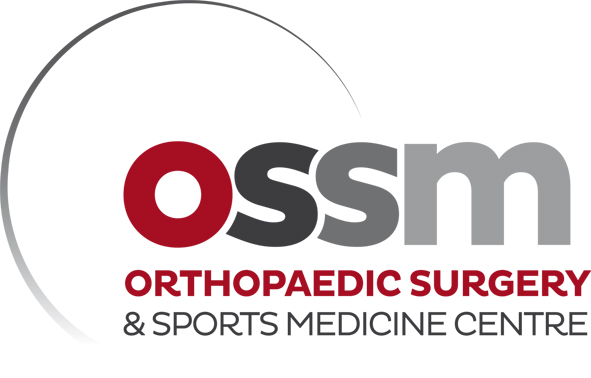Articular Cartilage Restoration Techniques
A variety of chondral (cartilage) repair or restoration techniques are available, including microfacture with biologic augmentation, mosaicplasty, BIMI (Bone-Marrow Impregnated Membrane Implant and MACI (Matrtix Autologous Chondroctye Implantation).
Microfracture
Articular Cartilage defects can be classified as traumatic or degenerative. Degenerative articular cartilage lesions are essentially osteoarthritis.
Small - moderate size full thickness defects of the articular cartilage can be treated arthroscopically with a combination of marrow stimulation to the defect. Evidence suggest that Platelet Rich Plasma injection at the time of the microfracture improves outcomes. The addition of Bone Marrow Concentrate to improve the outcome remains investigational.
A small pointed awl, called a micropick, is used to penetrate the underlying subchondral bone plate in the base of the defect. This allows progenitor cells to come out of the bone marrow and fill in the defect. They slowly create a cartilage plug that fills in the defect. This reduces the pain associated with the lesion.
If performed in isolation, the procedure is often a day surgery, with most patients require a few weeks off from work to recover. Frequently, marrow stimulation is combined with osteotomy if the knee is mal-aligned.
After the surgery, gentle motion is important to encourage cartilage formation in the the defect. This can be achieved with a Continuous passive motion machine or an exercise bike in the home.
Marrow Stimulation to a Grade IV full thickness lateral femoral condyle cartilage defect.
Arthroscopic view of bone marrow concentrate and PRP delivery after marrow stimulation to joint surface.
Mosacicplasty
Small OCD Defect
If the chondral lesion is Osteochondritis Dessicans or a salvageable traumatic fragment, an alternative option is to raise some dowels of bone & cartilage from the trochlear groove of the knee & use these to hold the OCD fragment in place.
OCD Classification System
These "Mosacicplasties" takes cartilage from less important areas of the knee and transfers it to damaged areas. It is best suited to moderate size lesions and detached OCD's.
Mosacicplasty Procedure
Before & After MACI Implantation
Matrtix Autologous Chondroctye Implantation
Evolution in biotechnology gives us the ability to harvest chondrocytes from the knee and stimulate them to reproduce in the lab. They can then be inserted back into the articular defect with the aim of laying down a hyaline articular matrix. This is known as Autologous Chondrocyte Implantation (ACI).
We are now using the third generation of this technology in which the cells are grown onto a Type III collagen membrane which is then “glued” into place with fibrin glue, which is called Matrix Autologous Chondrocyte Implantation (MACI) . In 2012, the Australian Federal Health Department effectively removed MACI grafting as a treatment option in Australia unless the patient pays for MACI themselves. MACI grafts can be inserted either mini-open or arthropscopically.
Bone-Marrow Impregnated Membrane Implant
BIMI is a more cost effective option compared to MACI. It is uses a similar collagen membrane, but the procedure is one step, using the patients own bone marrow. The membrane can be inserted either in a mini-open or arthroscopic technique.



